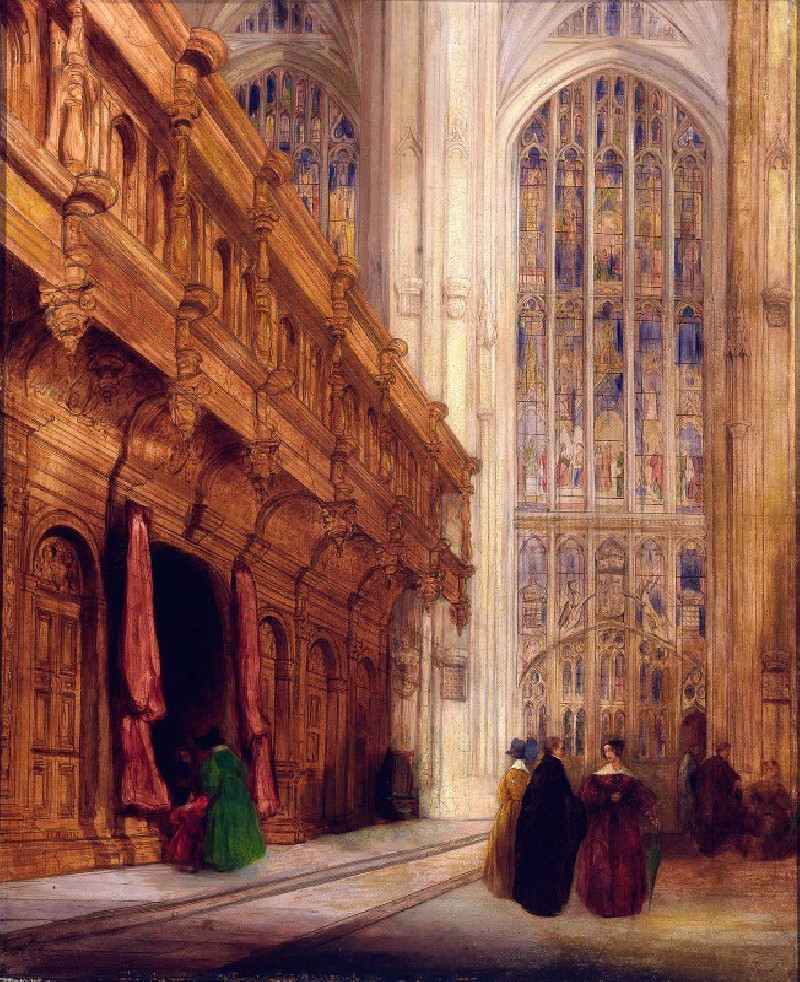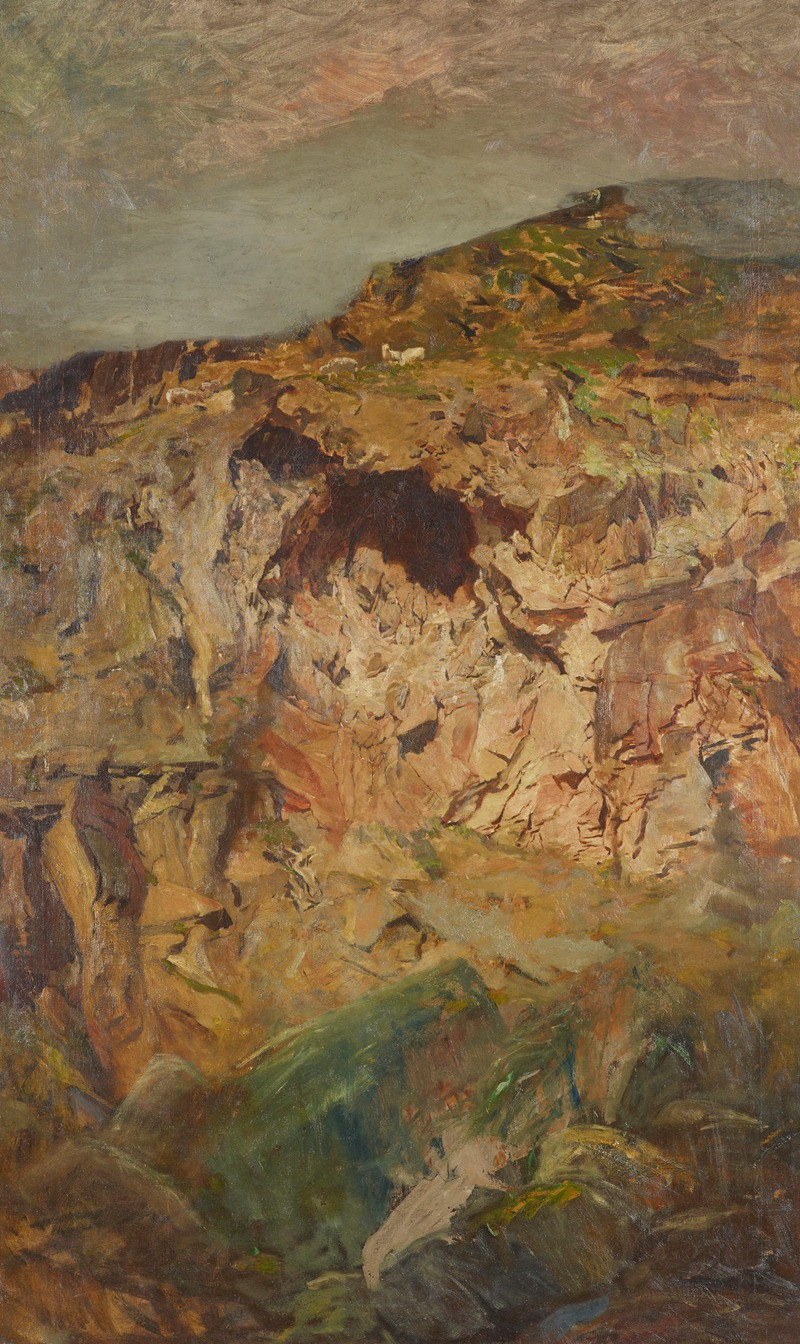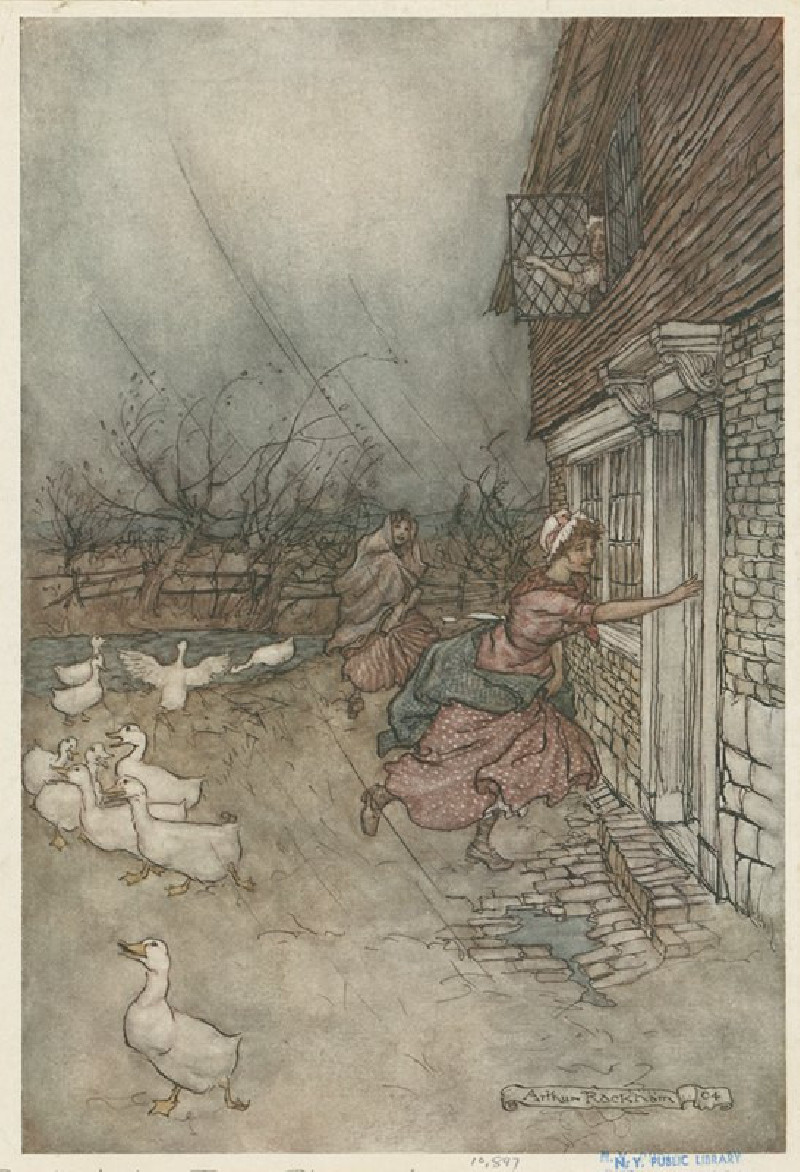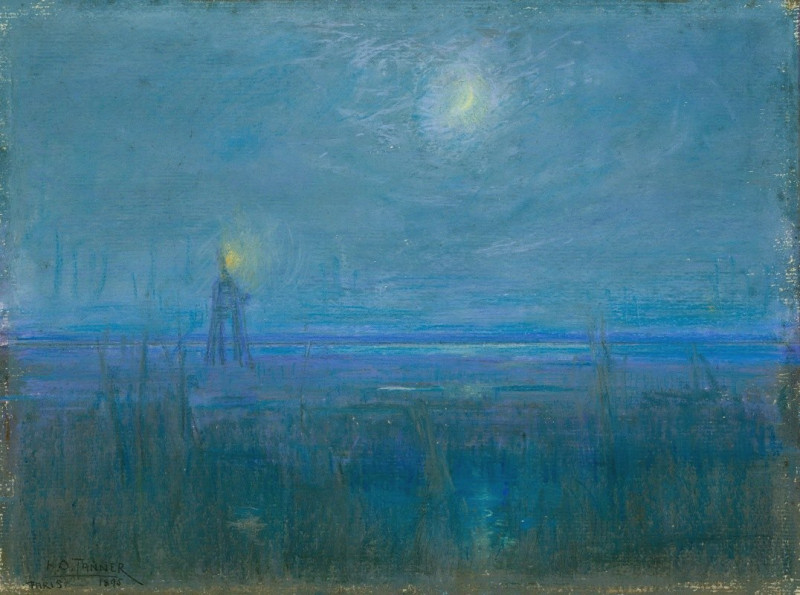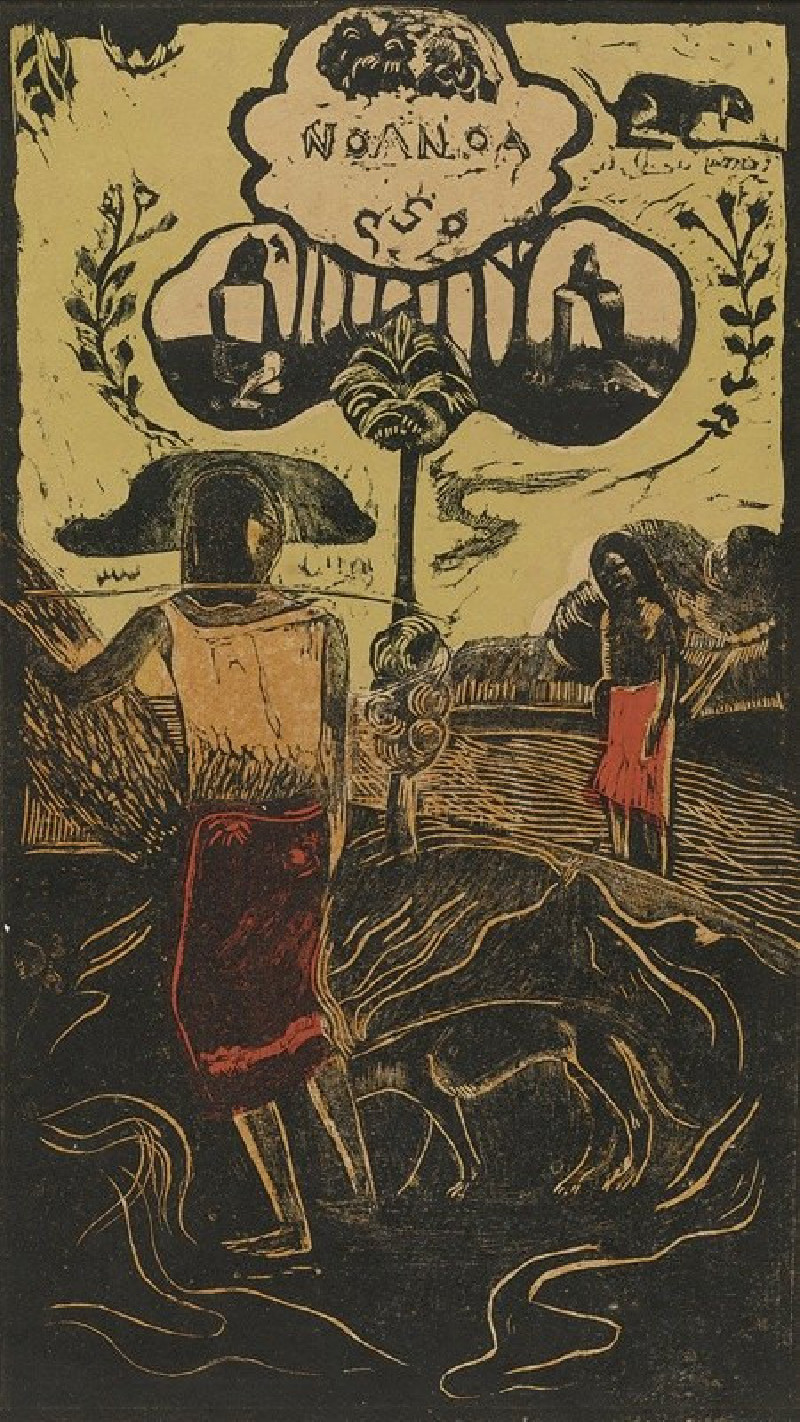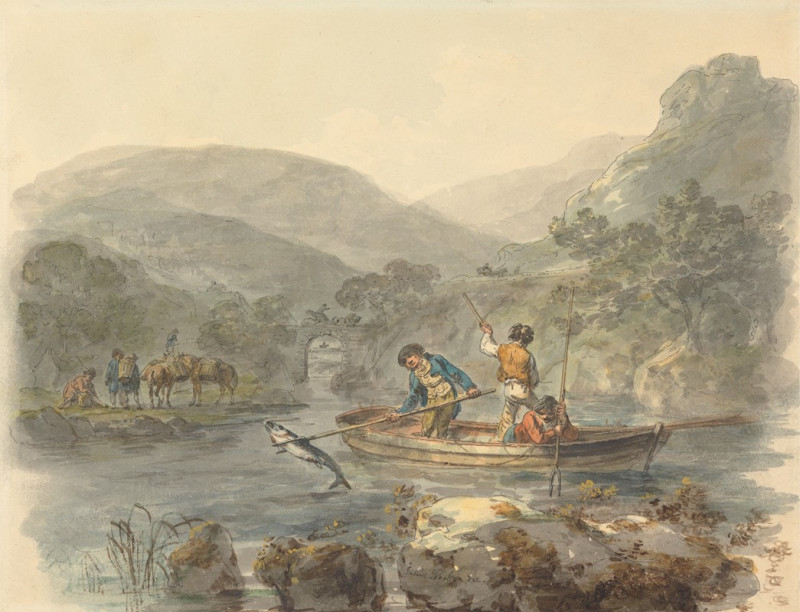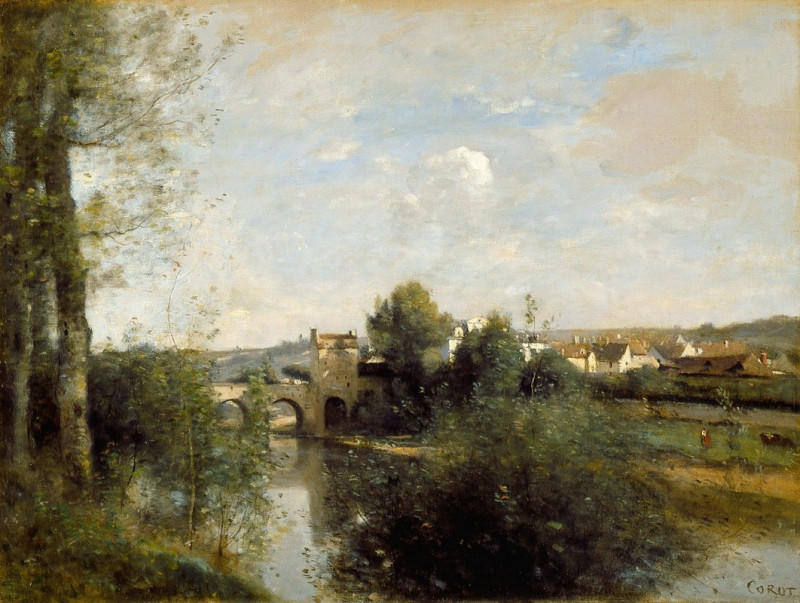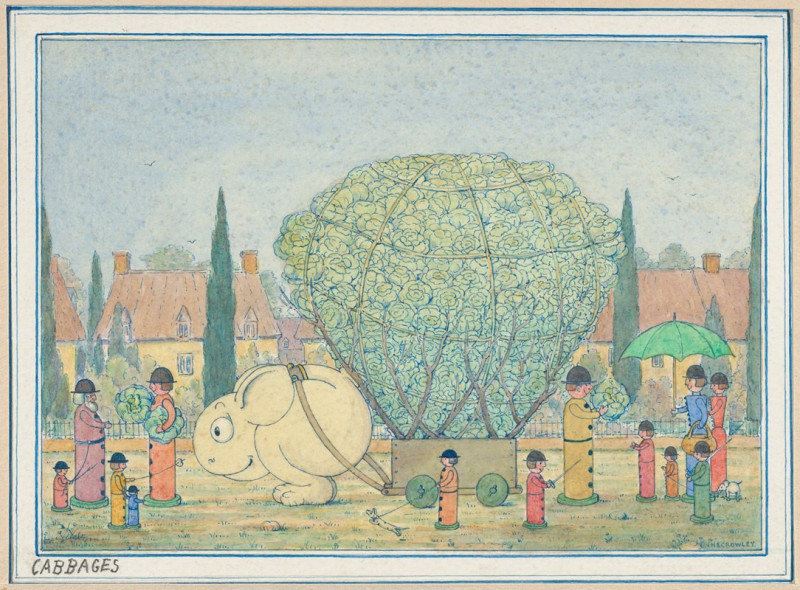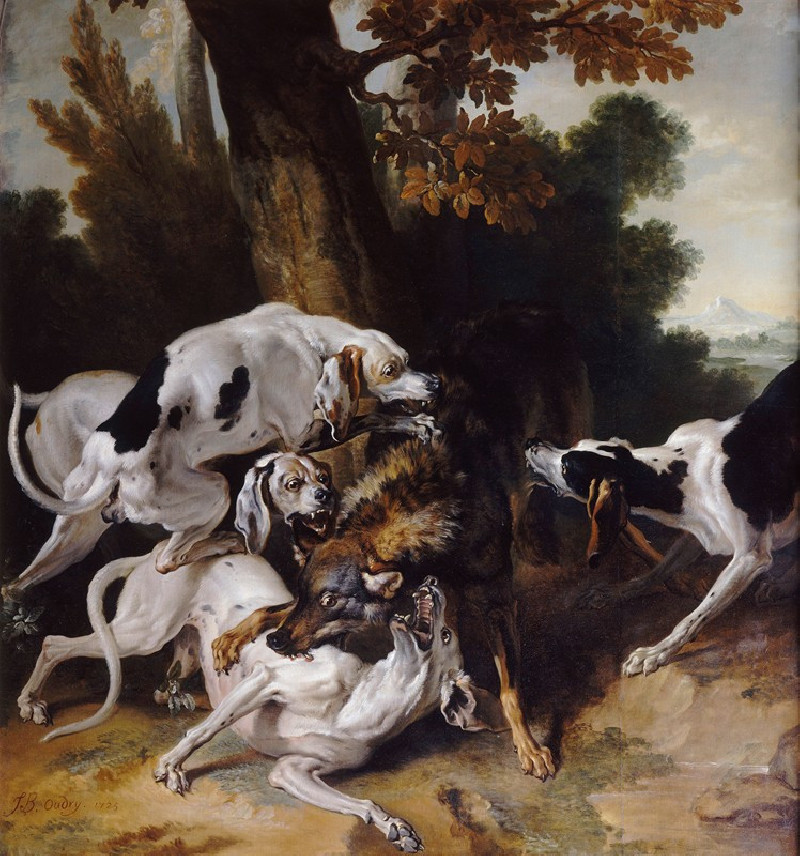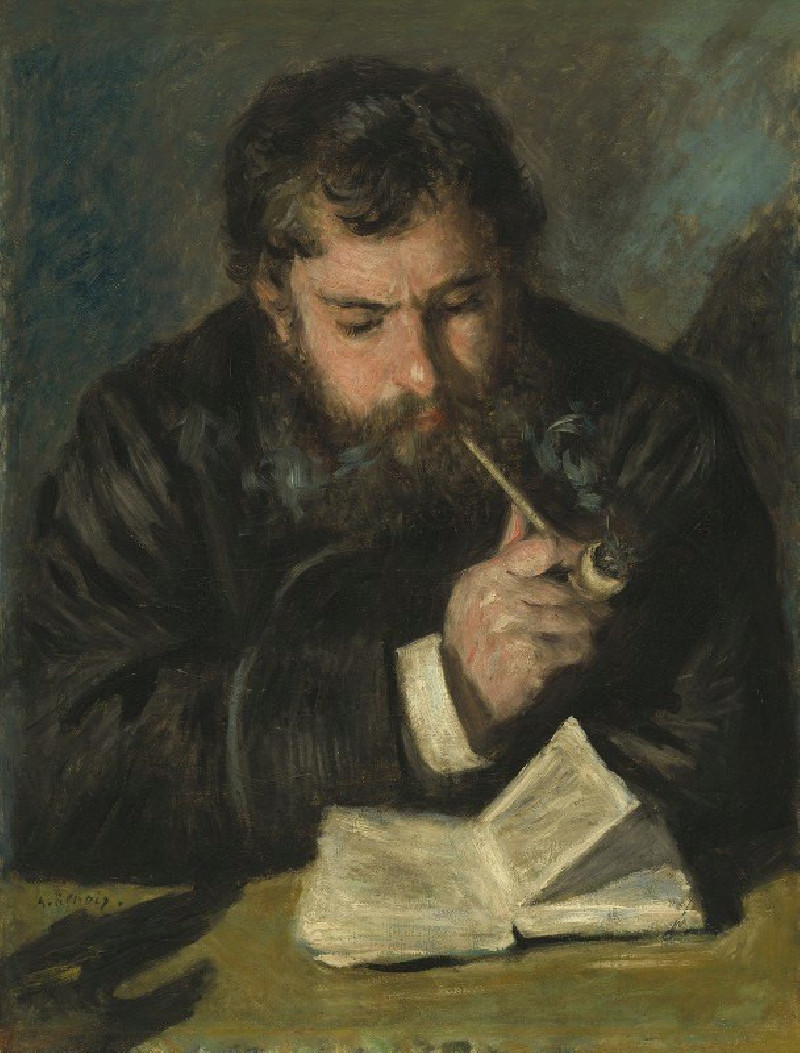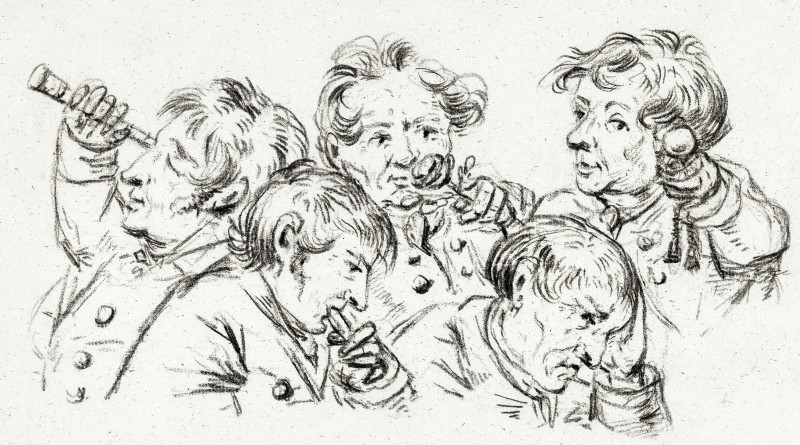Françoise, Holding a Little Dog, Looking Far to the Right (1909)
Technique: Giclée quality print
Recommended by our customers
More about this artwork
Mary Cassatt's enthralling pastel, , exudes a tender warmth and a vivid sense of intimacy. In this striking portrait, the viewer immediately encounters Françoise, a young girl depicted with a contemplative gaze that draws towards something unseen off to the right, inviting wonder about her distant focus. Her facial expression, imbued with a delicate mix of serenity and introspective depth, forms the emotional core of the artwork.Françoise cradles a small black and white dog, whose dark eyes and fluffy fur add a touch of liveliness to the scene. The careful rendering of the dog in her arms suggests a beloved companion, reinforcing themes of comfort and affection. The textural contrasts between the soft fur of the dog and the girl’s vibrant blue and creamy dress are rendered through Cassatt’s masterful use of pastels, showcasing her skill in manipulating color and light.The background, painted in loose, abstract strokes of yellows and greens, serves to subtly highlight the figures without drawing attention away from them. This choice ensures that the emotional connection between Françoise and her pet remains the focal point.Cassatt, renowned for her depictions of the private and gentle moments of women and children, here captures a simple yet profound moment of childhood.
Delivery
Returns
Mary Stevenson Cassatt was an American painter and printmaker. She was born in Allegheny City, Pennsylvania (now part of Pittsburgh’s North Side), but lived much of her adult life in France where she befriended Edgar Degas and exhibited with the Impressionists. Cassatt often created images of the social and private lives of women, with particular emphasis on the intimate bonds between mothers and children.
She was described by Gustave Geffroy as one of "les trois grandes dames" (the three great ladies) of Impressionism alongside Marie Bracquemond and Berthe Morisot.In 1879, Diego Martelli compared her to Degas, as they both sought to depict movement, light, and design in the most modern sense.

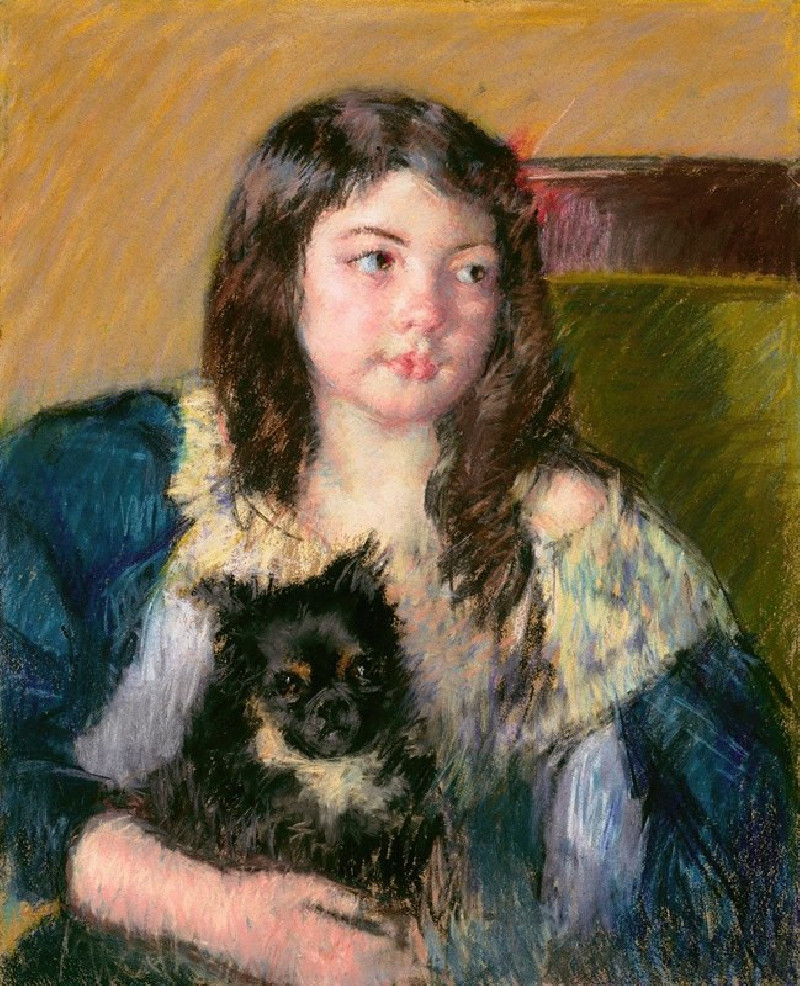
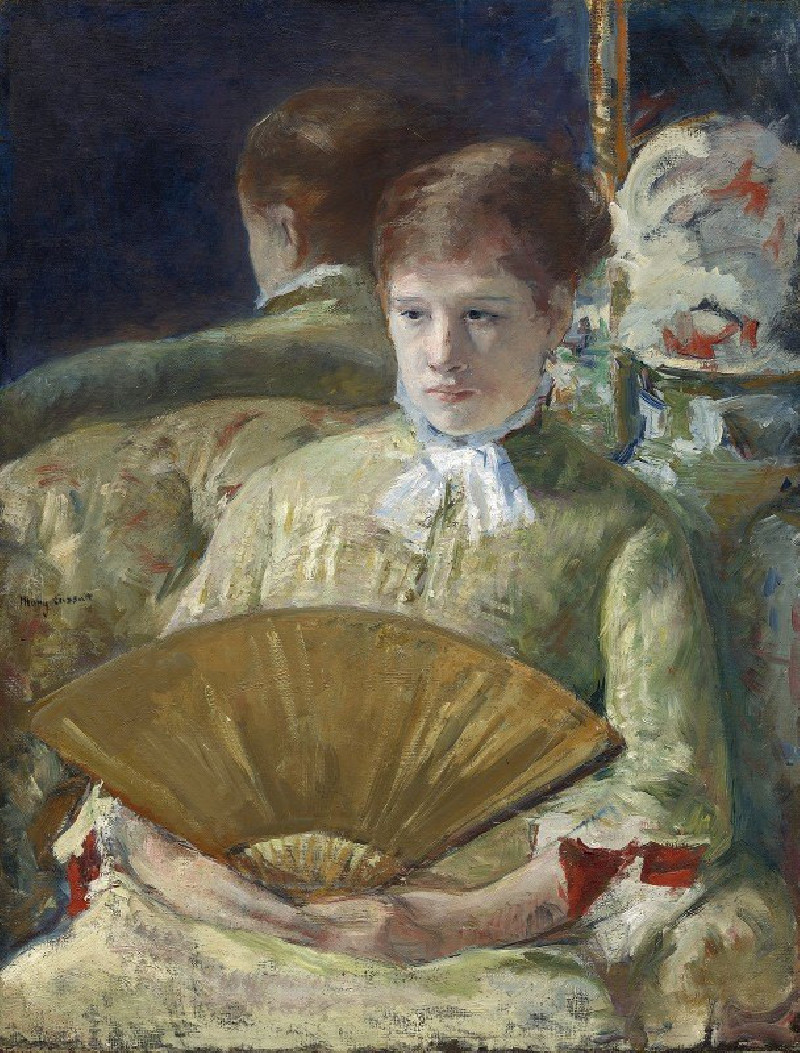
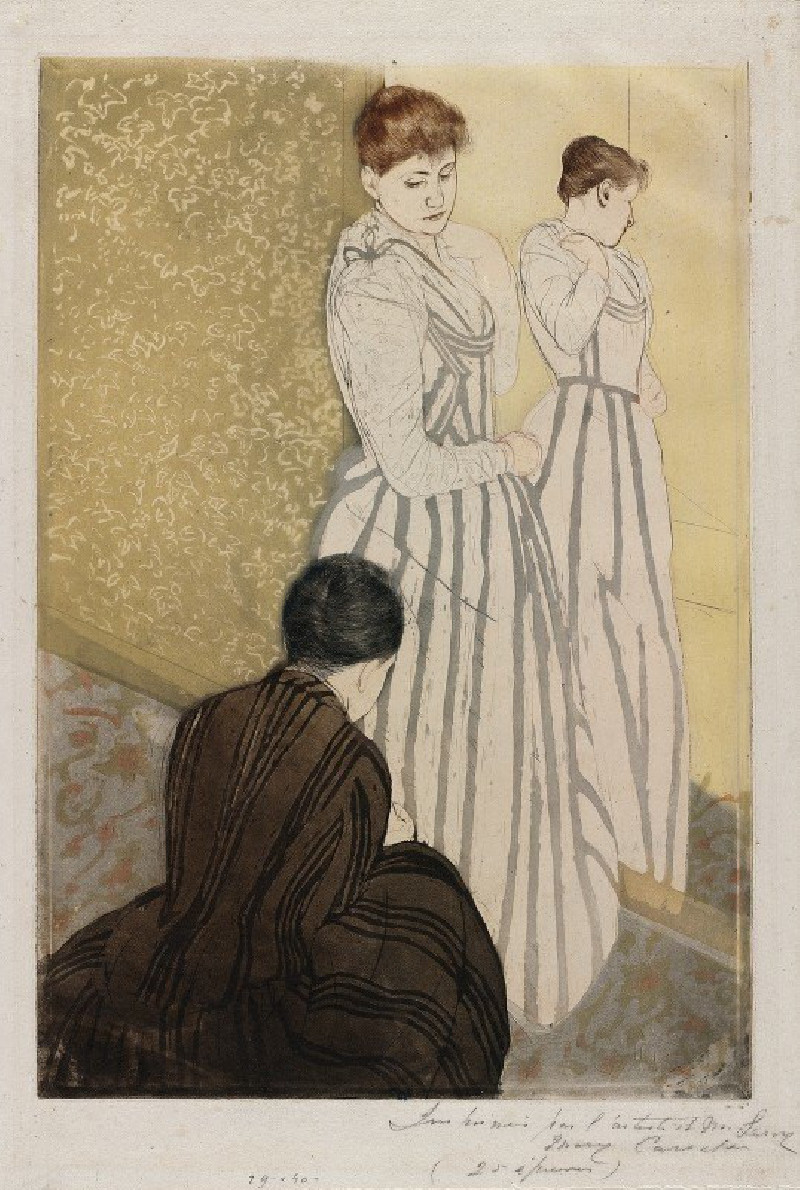
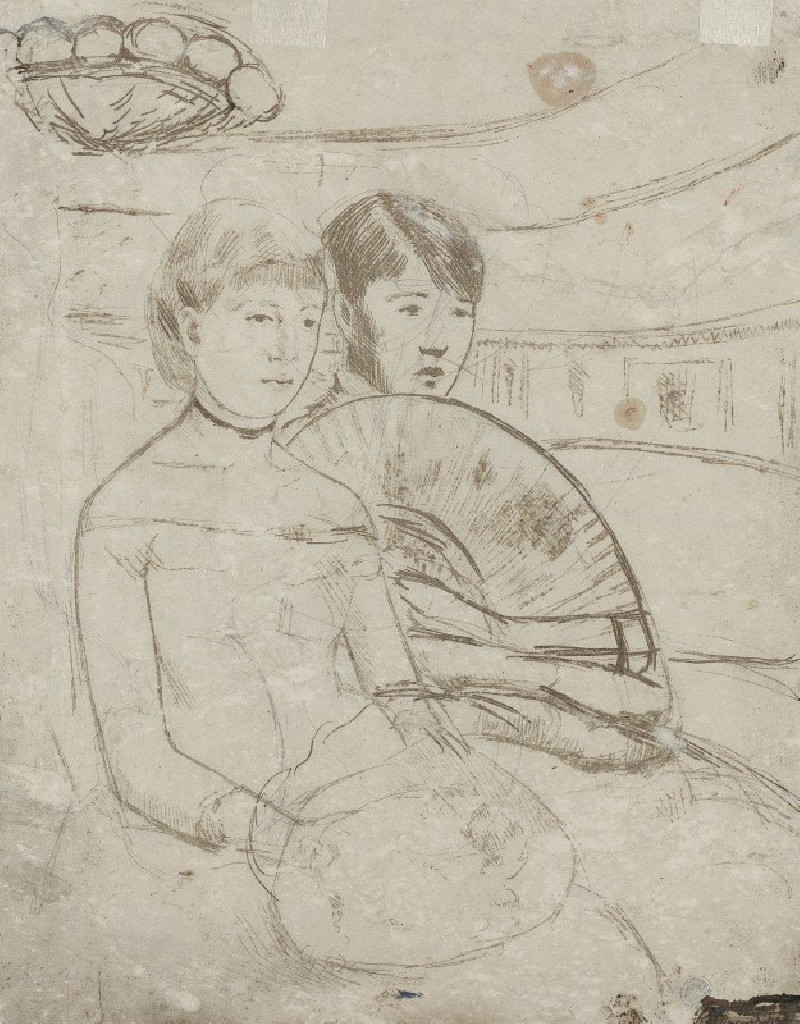
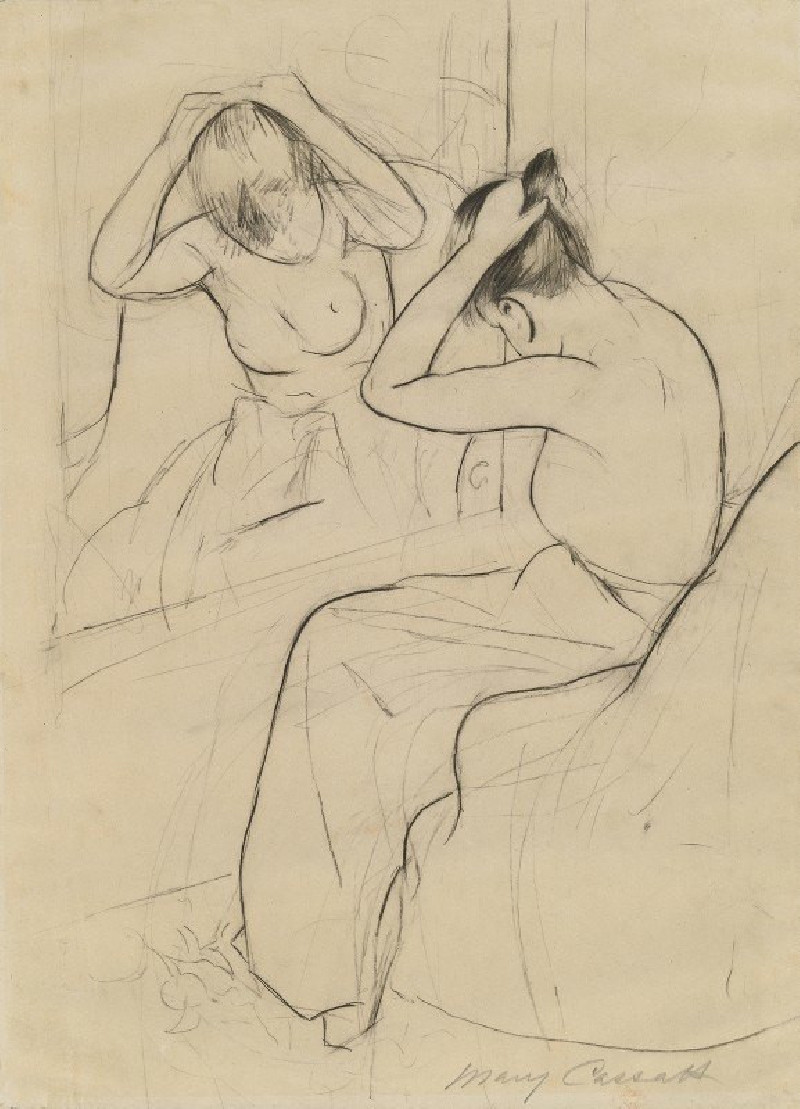



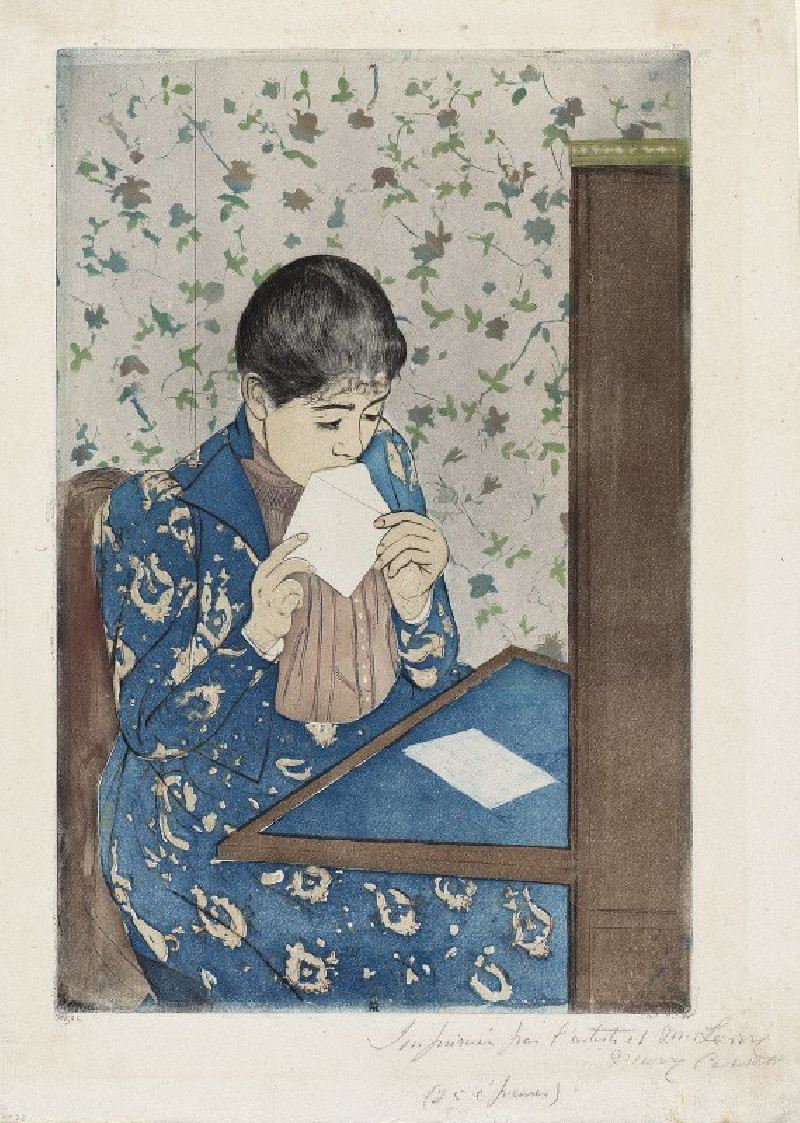
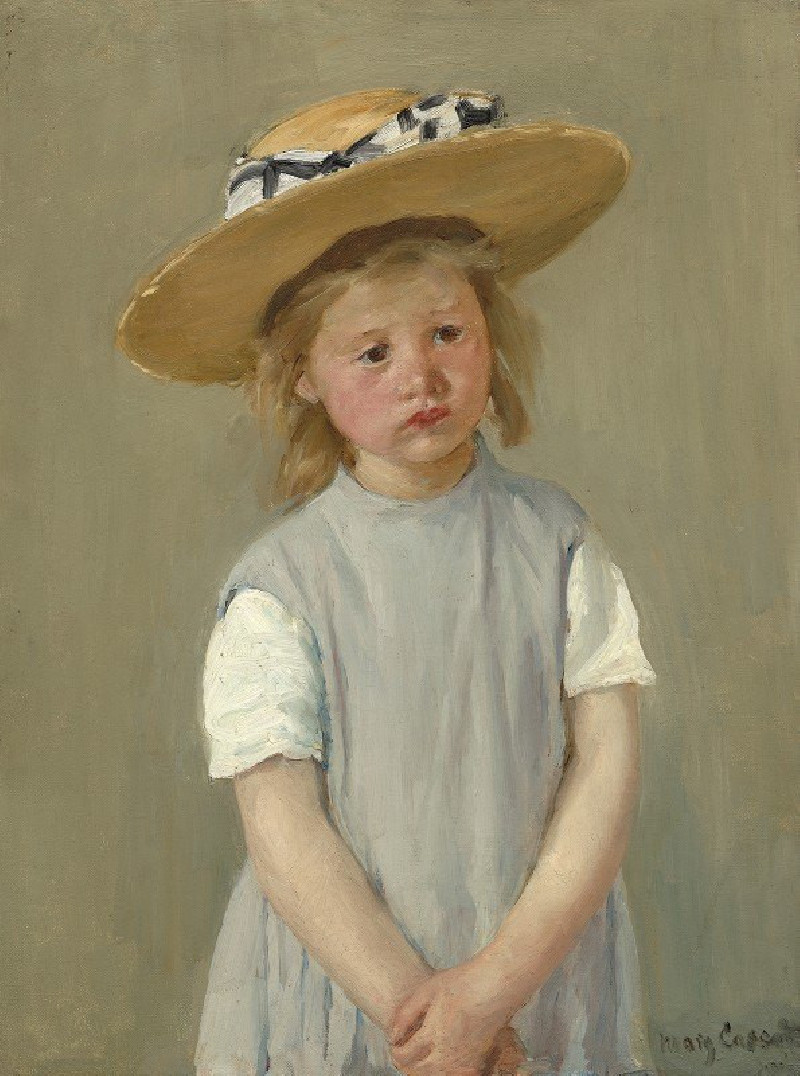
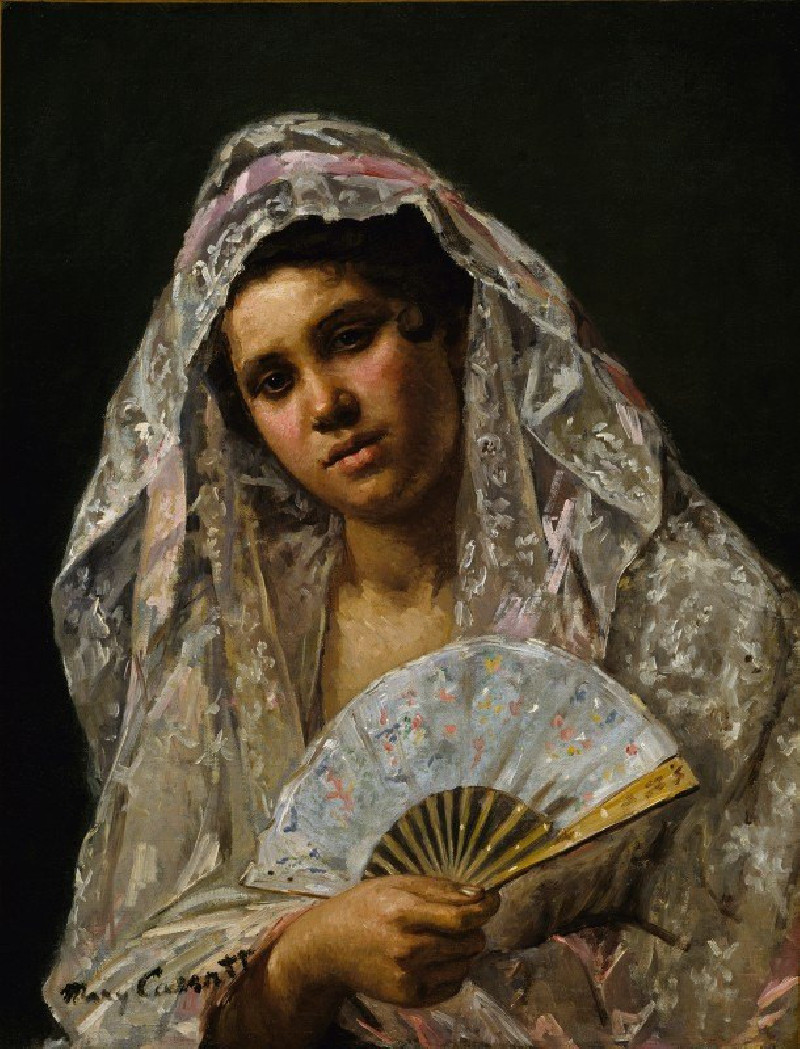
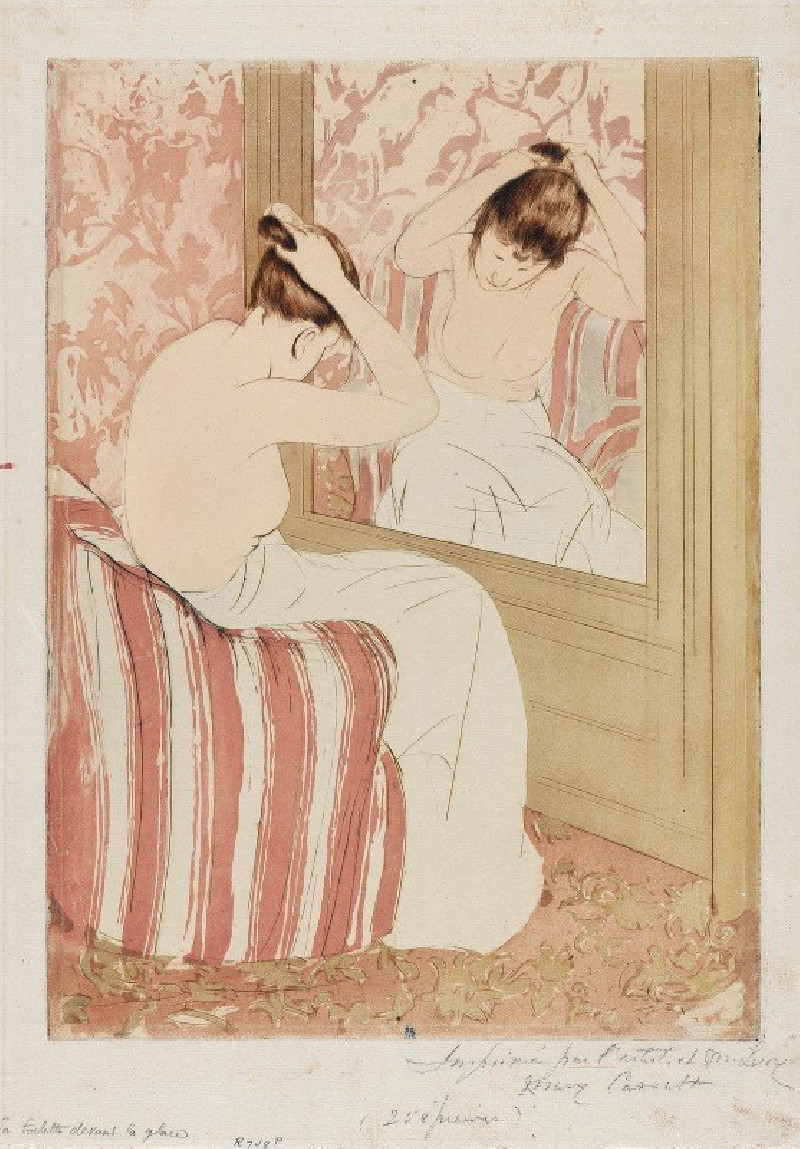
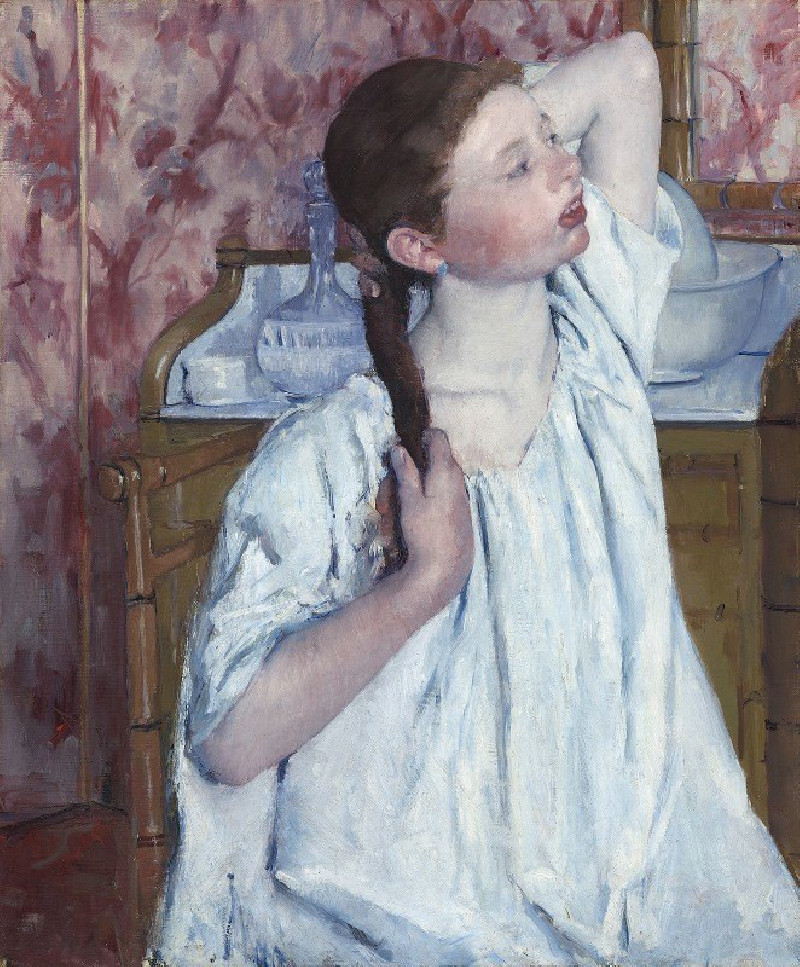
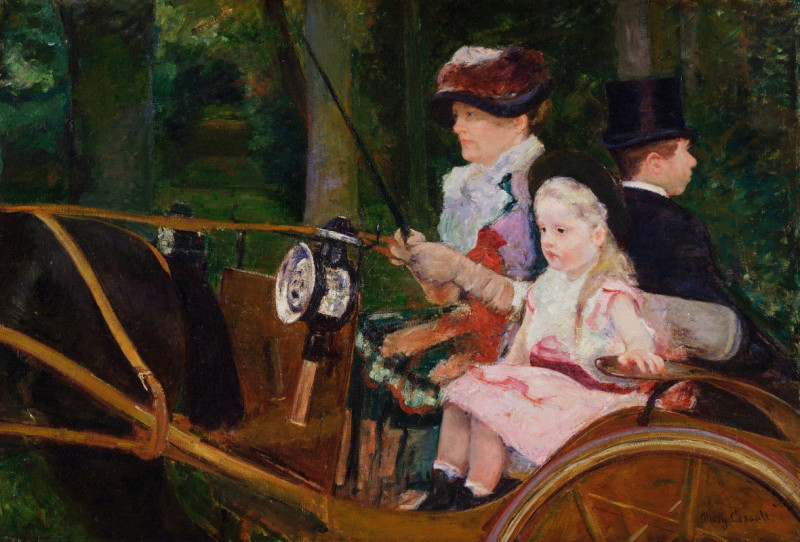

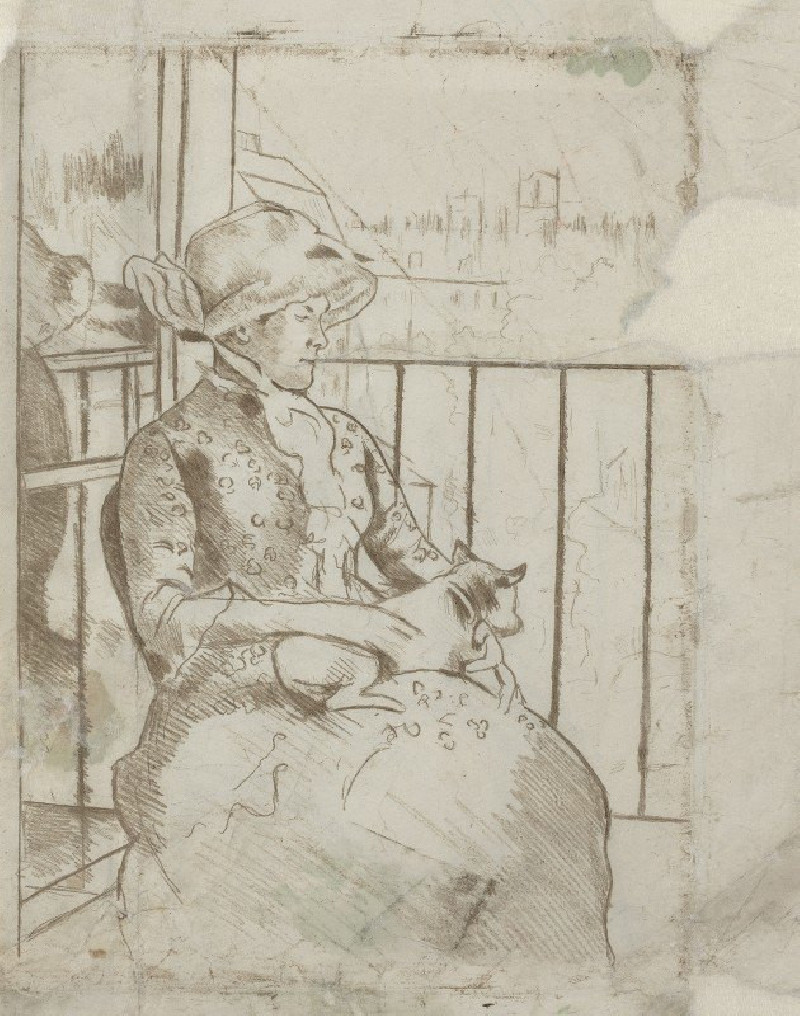


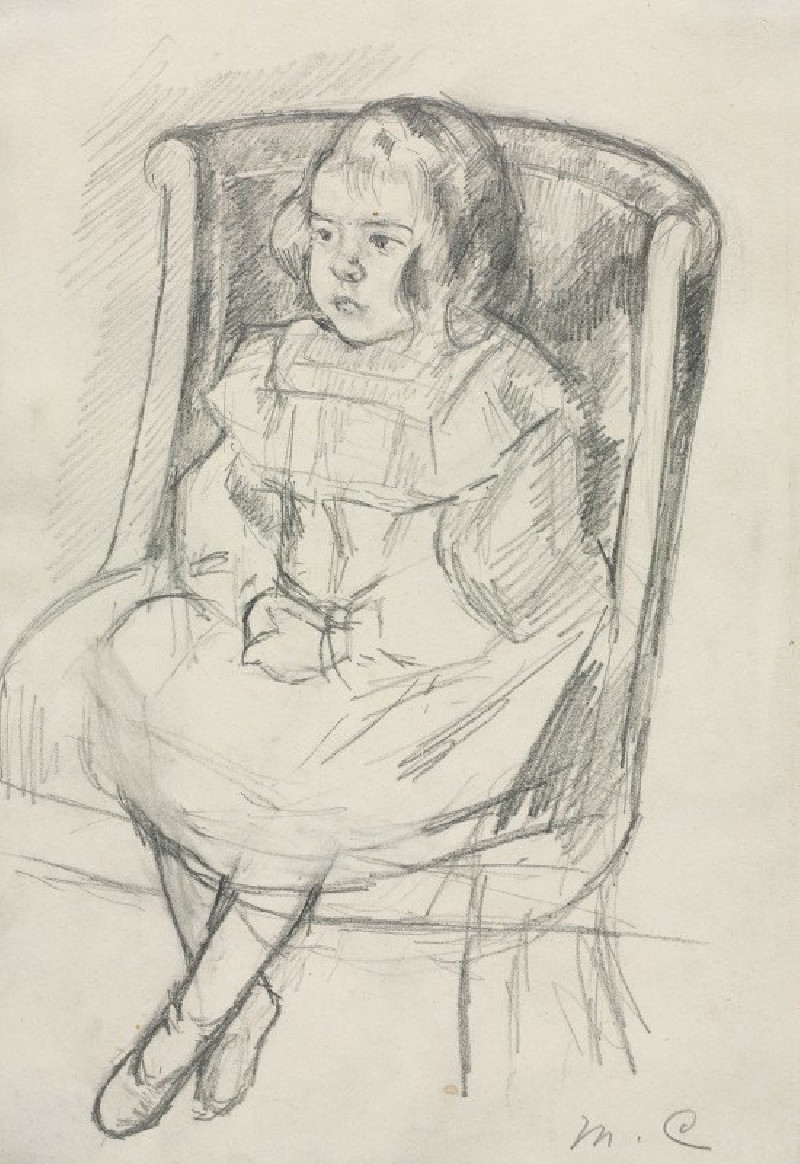

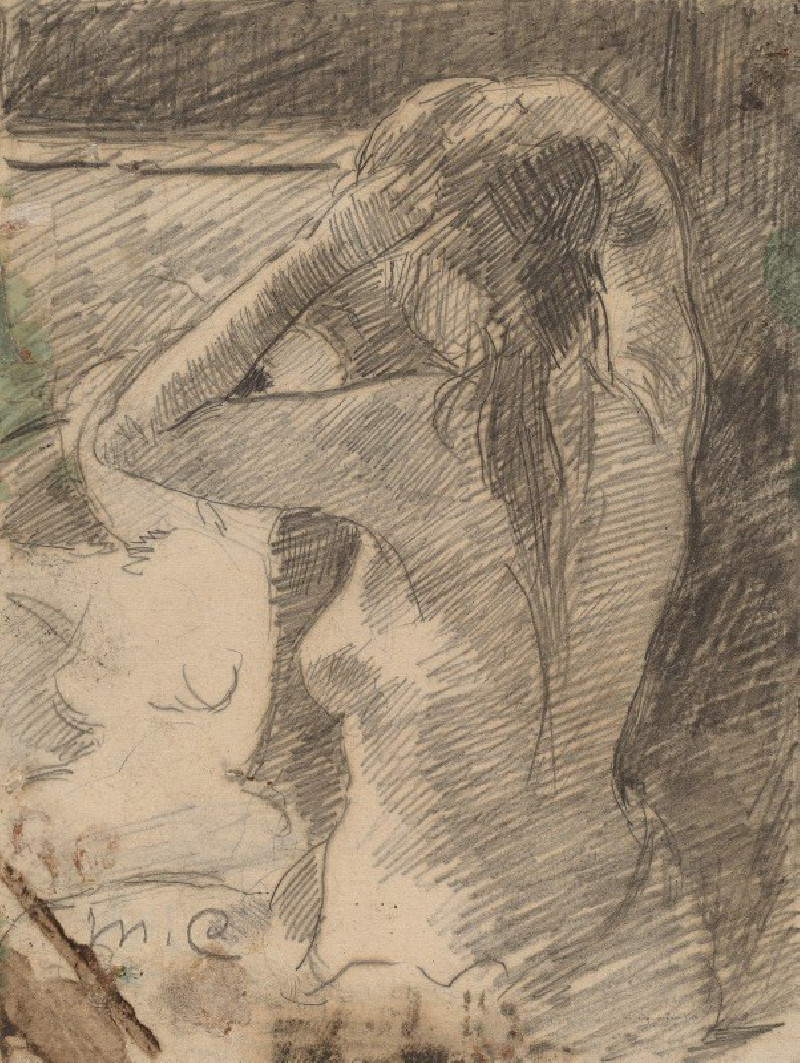
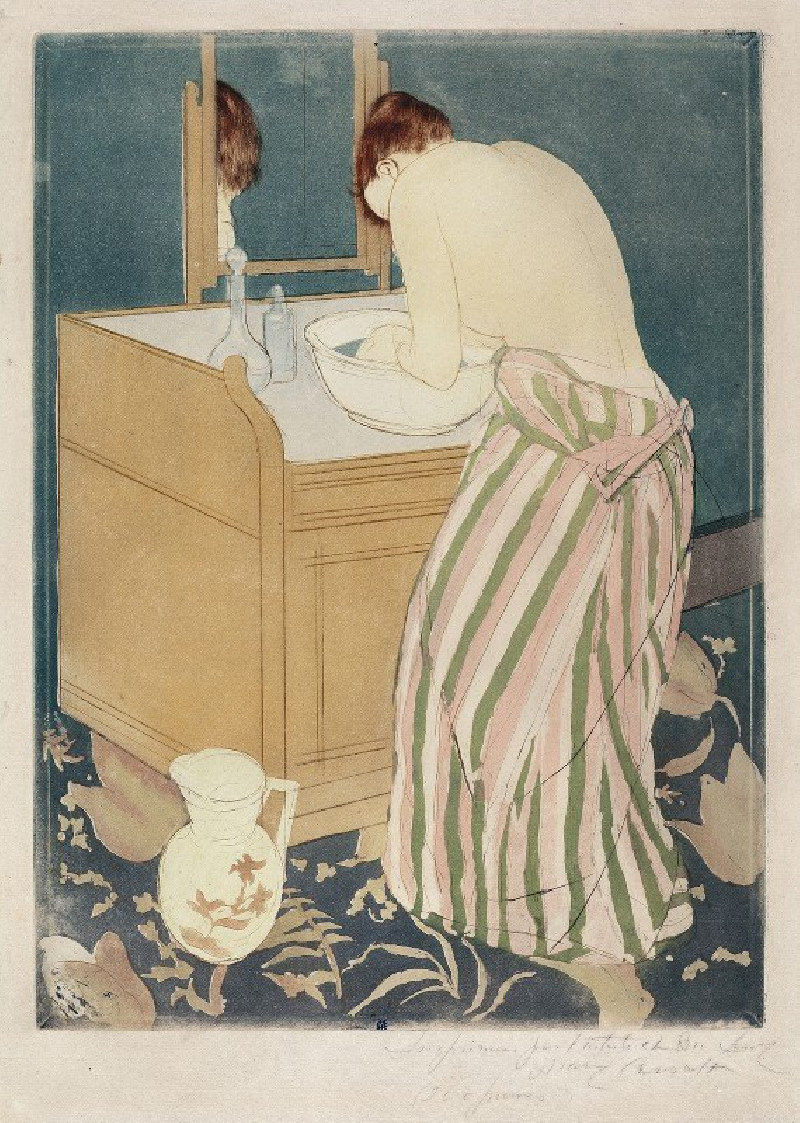

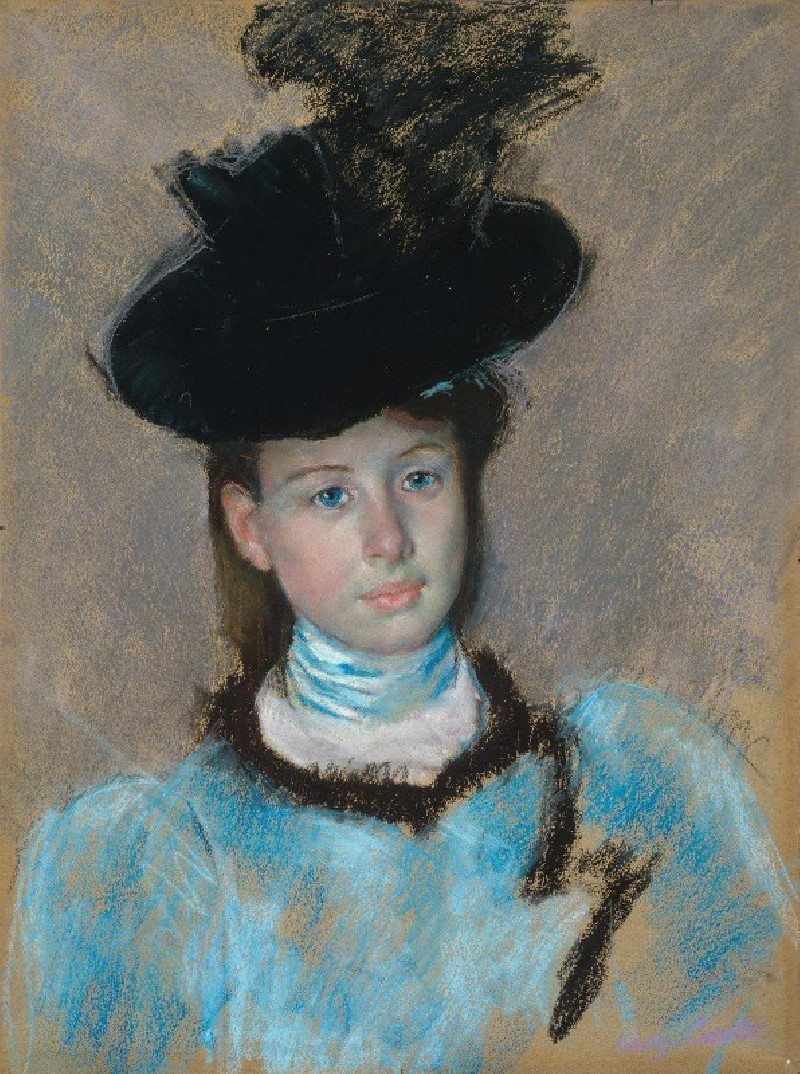
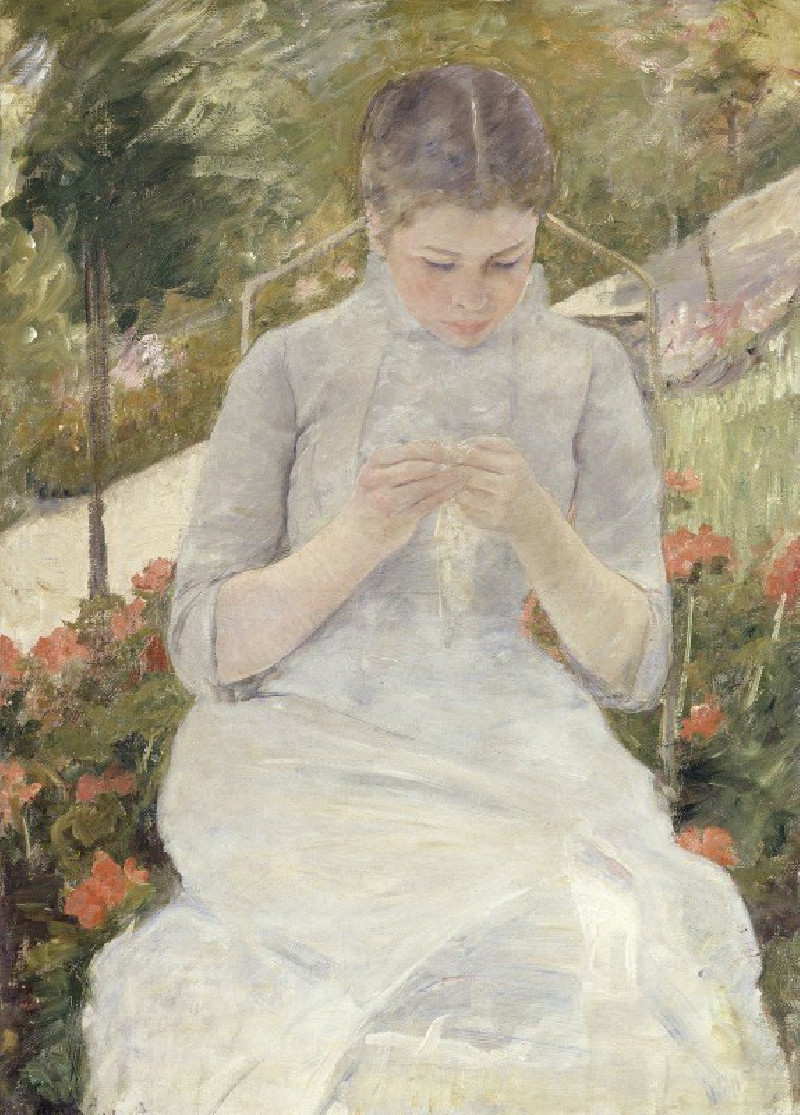
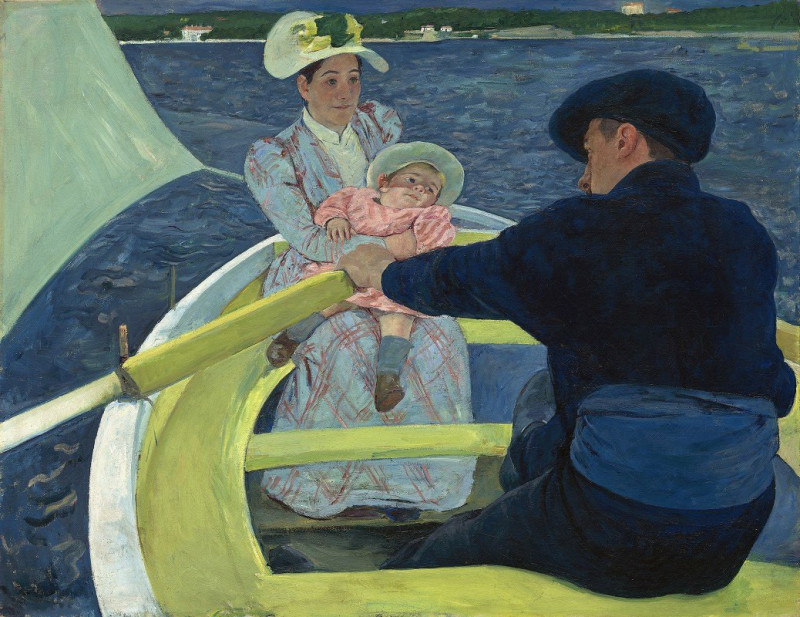


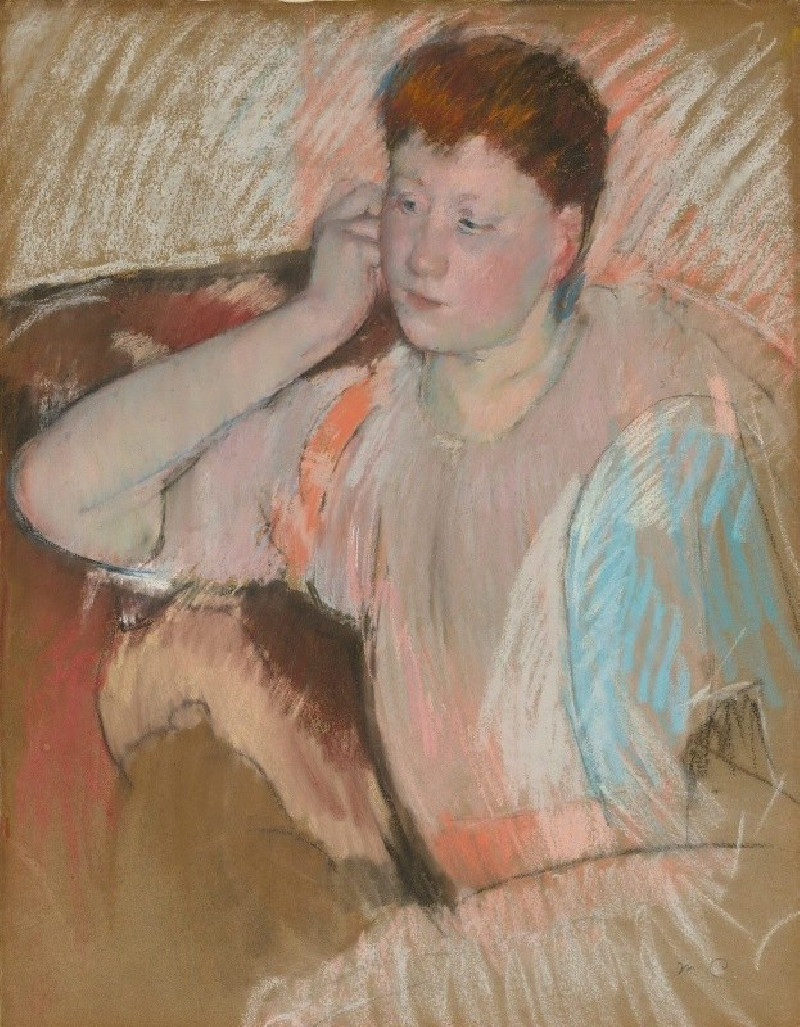
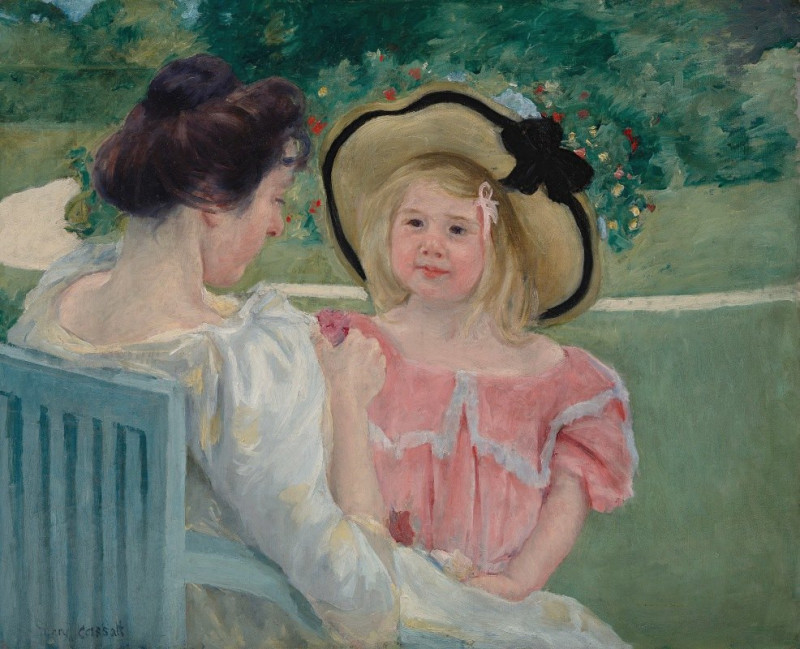
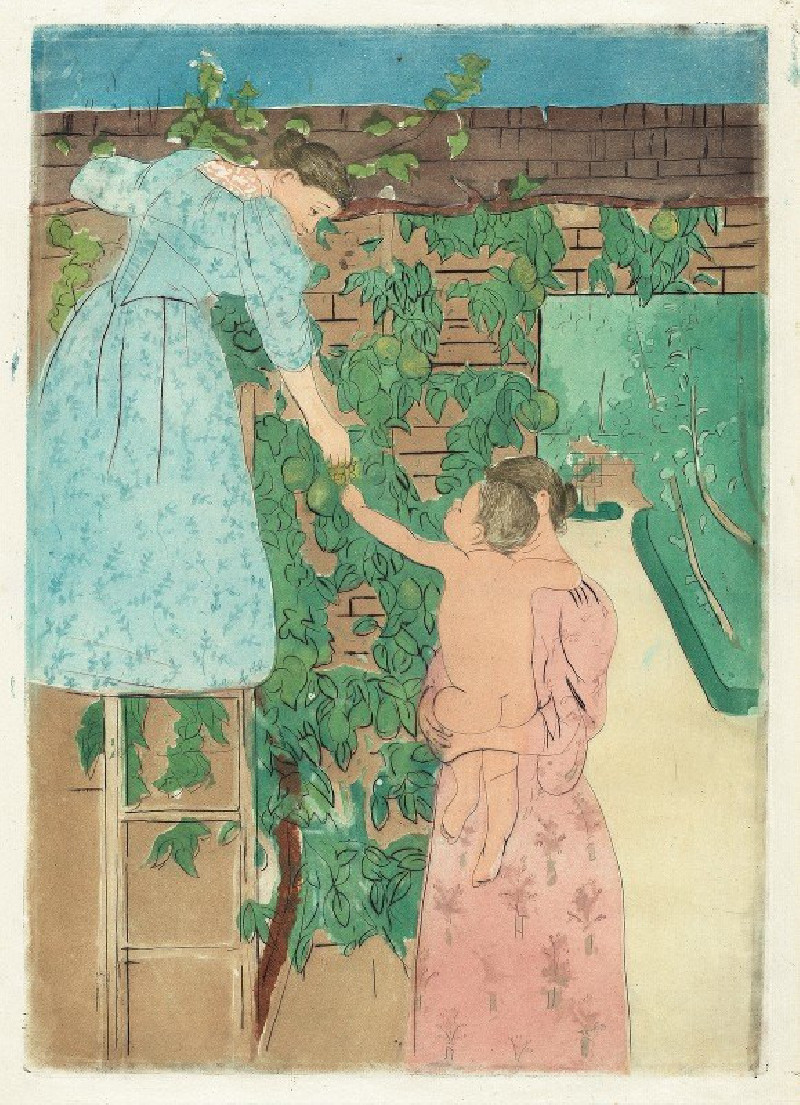
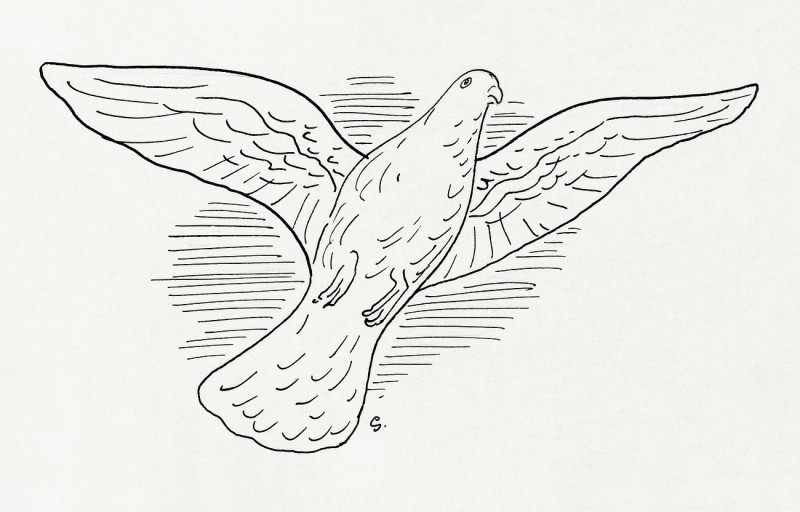
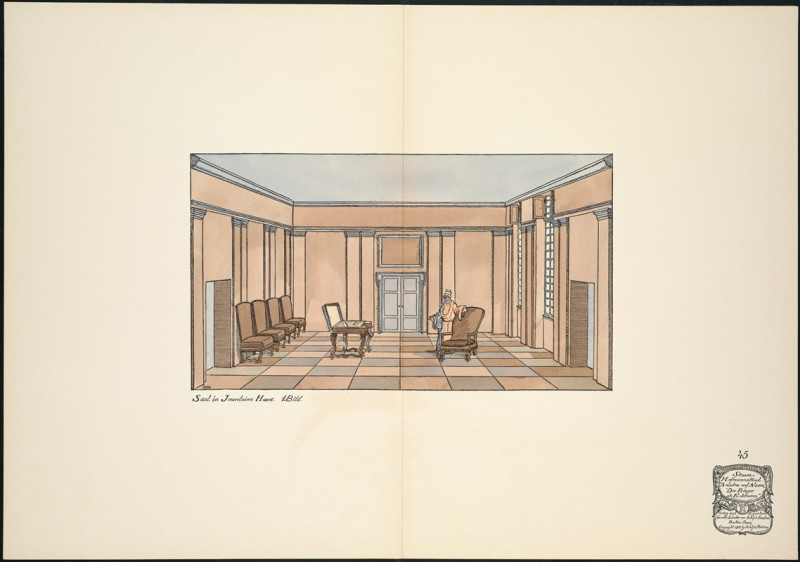
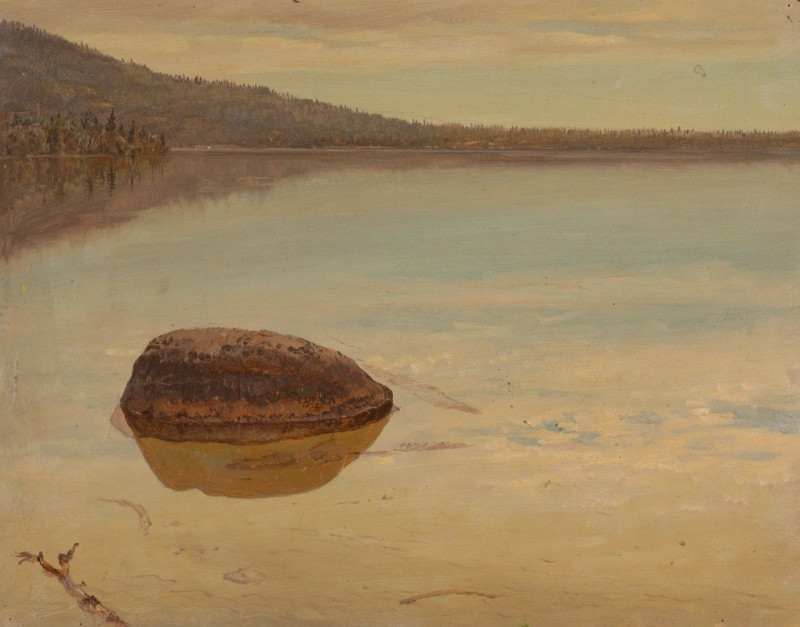
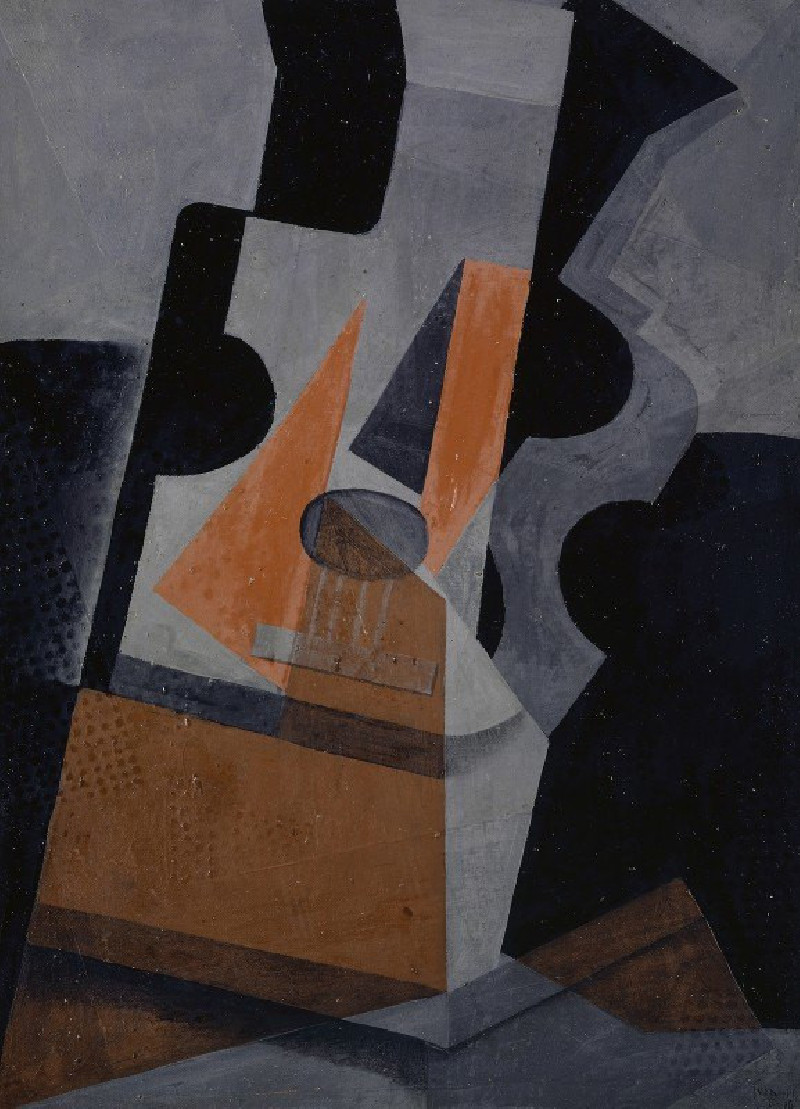
![Dendera [Dandara]. Dec. 7th, 1838. (1846-1849) reproduction of painting by David Roberts. ALL GICLEE PRINTS](https://reprodukcijos.lt/39154-large_default/reproduction-of-dendera-dandara-dec-7th-1838-1846-1849.jpg)
